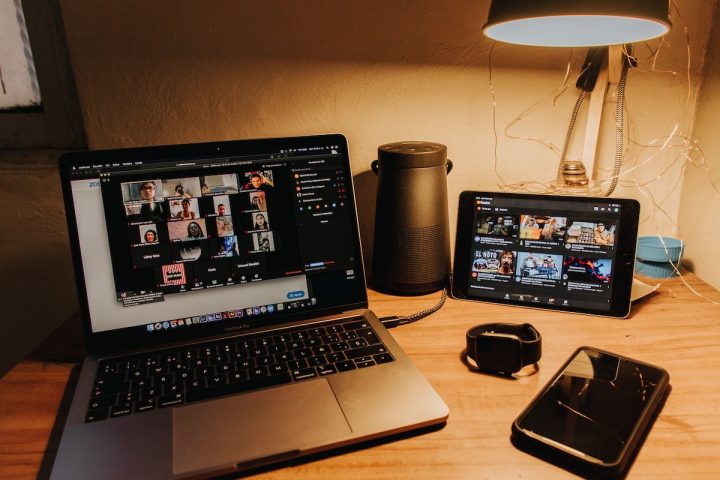How to deliver a top-notch presentation for your clients

Have fun with washi paper
April 8, 2020
How to maintain good posture while home office
April 16, 2020
How can you deliver a top-notch presentation to colleagues and clients when you’re working from home? Business Optimizer considers practical and presentational tips for success.
We’re all figuring out new ways of doing things, given the new working from home situation most of us now find ourselves in.
For most of us, delivering a presentation ranks right up there with running a marathon or having a tooth pulled! Switching to an online format might seem like an easier option than getting up physically in front of a large audience, but online presentations also come with their own challenges – both practical and presentational.
What are the secrets of delivering a top-notch presentation for your clients?
Getting the practicalities right
Before you even consider giving an online presentation, there are a few practicalities you will need to work through. These include:
- Getting the technology right: tools like Microsoft Teams combine video conferencing capabilities with the ability to share desktops so that your audience can see you and your slides.
- Get the background and lighting right for your work area: a neutral background with natural lighting will be best to make sure you are well lit.
- Do a practice run with a colleague before scheduling with your client. The Internet lit up last week with the story of the boss who, when taking a meeting on Microsoft Teams, accidentally turned herself into a potato using a WhatsApp filter and didn’t know how to remove it! Don’t let user error mess up your meeting – test out your setup before you go live.
Getting the presentation right
As well as practicing with the technology arrangements, you’ll also need to practice your presentation, just as you would with an auditorium or sales conference delivery.
While you don’t want to over-prepare and risk sounding too rehearsed, you do want to have a good grasp of the key points you need to communicate as you progress through your presentation.
Then try these few extra pointers which can help to make your delivery super-slick.
- Talk to your audience, not at them: build rapport through the judicious use of humor, ask engaging questions and seek feedback as your progress through the presentation.
- Tell anecdotes – but make them concise. Funny or dramatic stories that add color to your points are a great way to help your presentation stick in the minds of your audience, but keep them tightly scripted so you don’t end up getting lost down the random and tangential wanderings of your own mind.
- Inject some personality into your voice. You probably need to be a bit more animated than you would be in normal speech. This may feel a little exaggerated at first, but practice until you feel comfortable with it. Because you are limited in the physical and visual clues you can give your audience about how you want them to respond to your points, your voice has to work that much harder.
- Look at your audience; try not to get distracted by your own image or your slides – spend some time looking directly to camera when making important points.
- Don’t be afraid of silence. Pause after important points to give your audience time to think about them and allow them to sink in.
- Allow time at the end to encourage questions and strive to answer them as fully and honestly as possible.
- Follow up with any further answers you weren’t able to give immediately as soon as you can. You may want to share the full slide deck with your audience afterwards as a short video that they can refer back to later. Anything you can do to differentiate yourself at this stage will pay off.
As with any change, giving presentations online does take a little work before you are totally comfortable with it. But with these tips, there’s no reason why you can’t be achieving as much – or more – success than you had delivering presentations in person. It may even change the way you work for good!




